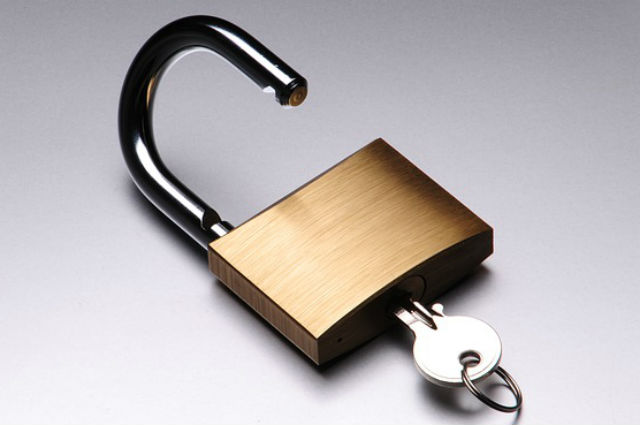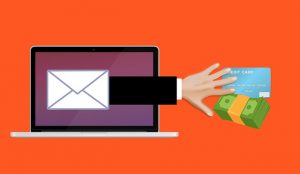During a major data breach in December 2018, cybercriminals stole the names, addresses, phone numbers, email addresses, and passport numbers of up to 500 million people in the Starwood guest reservation database of Marriott International.
But Marriott’s massive data security breach isn’t out of the ordinary. Since 2015, there have been 2,000 data breaches, according to the Privacy Rights Clearinghouse, and since 2005, 11.6 billion records have been compromised.
Data breaches have become so commonplace that U.S. consumers are tuning them out as “white noise,” say data security experts. Business reporters can get their readers’ attention on digital security by developing one or more of the following angles:
Protect Your Digital Identity
The information has been repeated over and over again since the Equifax breach hit the fan: check credit scores, put credit freezes on credit reports, monitor financial statements online, and change passwords often for accounts. But many consumers aren’t hearing the message.
Engage your readers in an online forum and have security and consumer experts available to answer questions. Check the map of data breaches by state from the Privacy Rights Clearinghouse. How safe is your state?
Take the Digital Security Quiz
Americans love game shows! Ask your news organization’s creative staff to design a quiz to get the ball rolling with your readers. Check out AARP’s “Digital Identity IQ” as a guide. The guide is geared to those 50, but you can adapt the information to cover all ages. Spoiler alert: Seven in 10 older adults failed the eight-point quiz, with nearly half recycling the same password for online accounts.
Avoid Becoming a Digital Statistic
Take a “tough-love” approach in your reporting by by zeroing in on the short- and long-term consequences facing victims of identity theft. The tenth annual report from the Identity Theft Resources Center lays out the details. In 2017, more identity theft victims paid higher credit card rates, were unable to be approved for loans, or fell into debt. How do the experiences of readers in your zip code compare?











